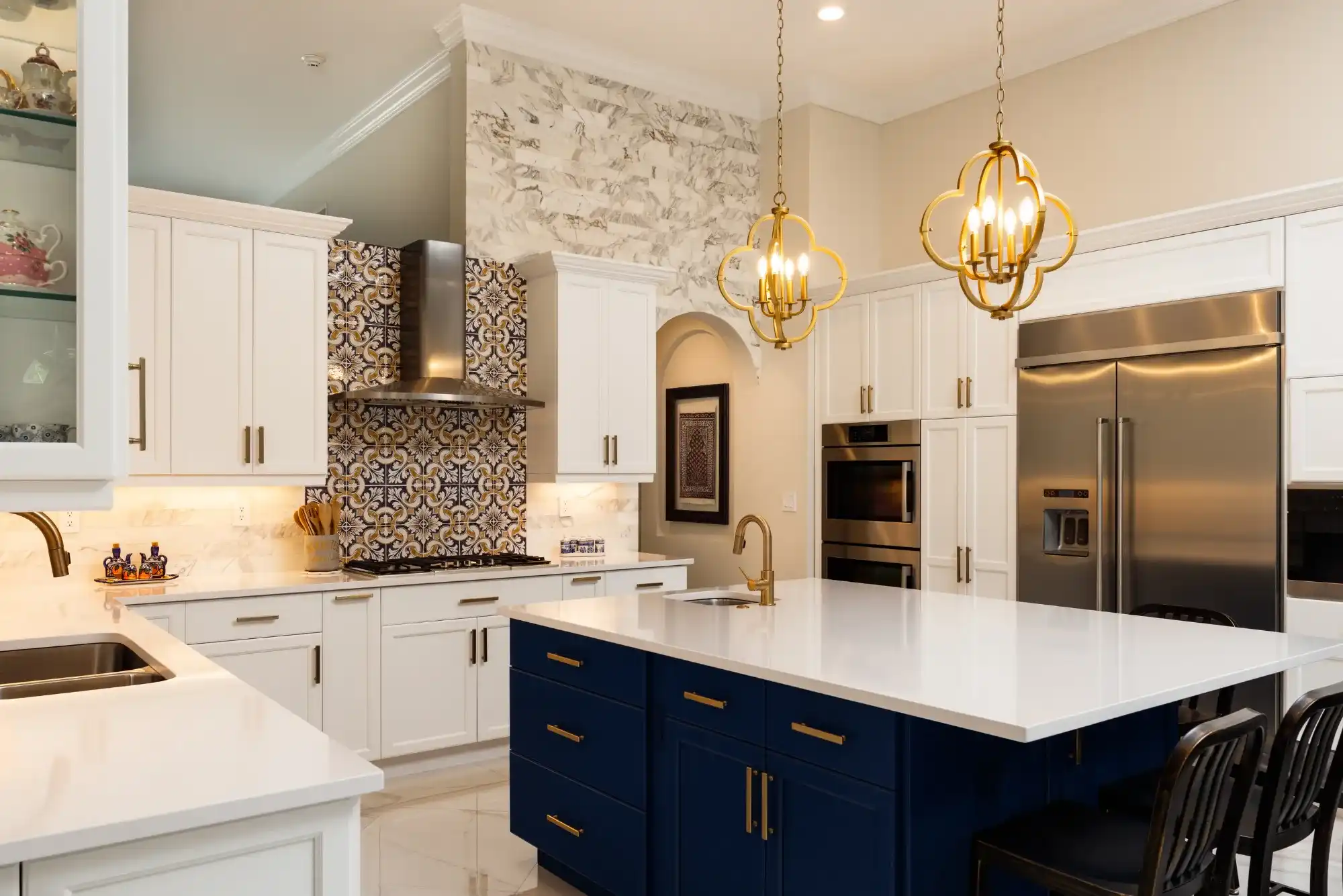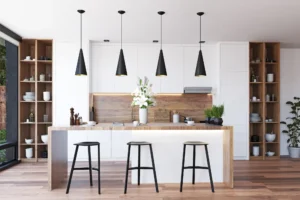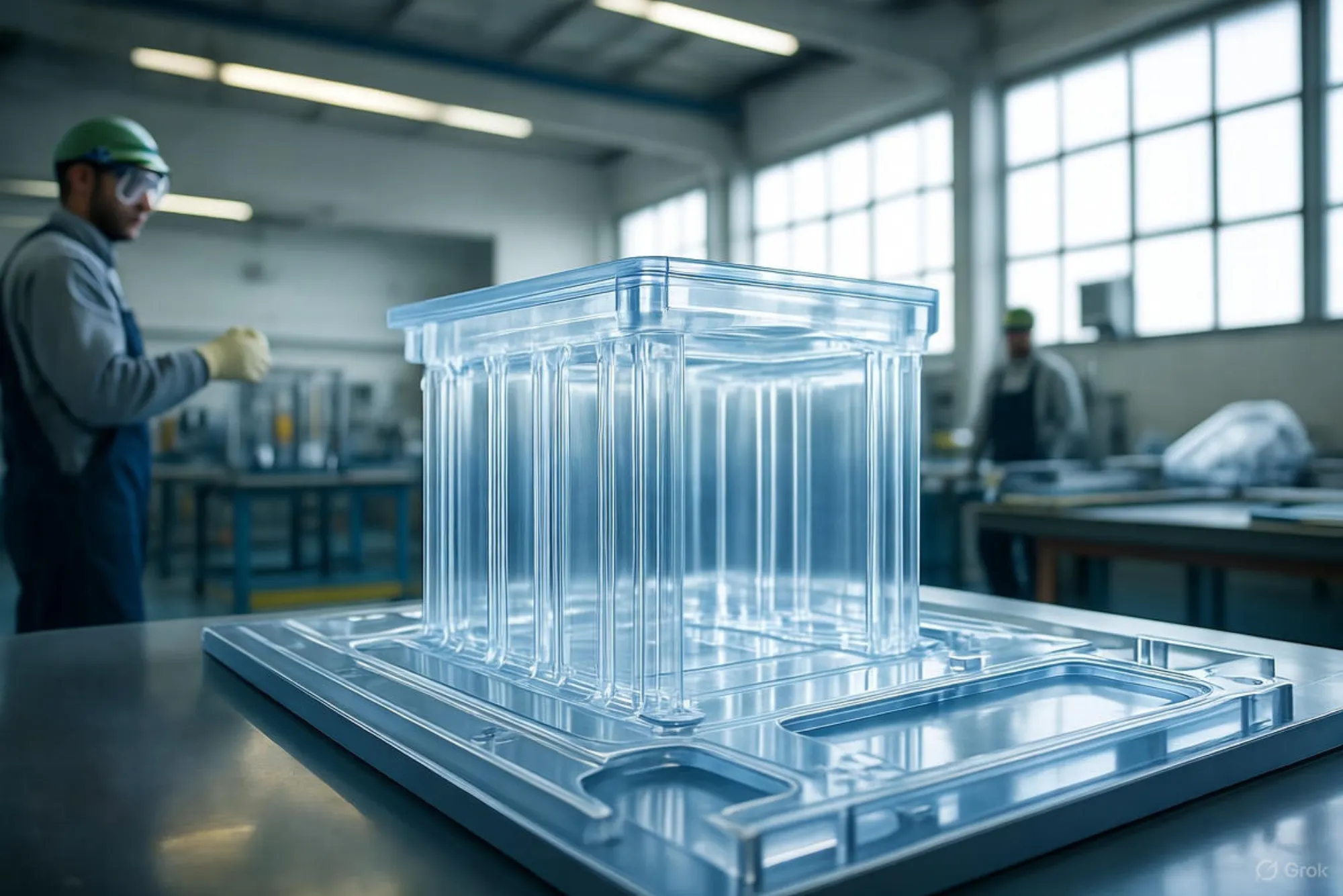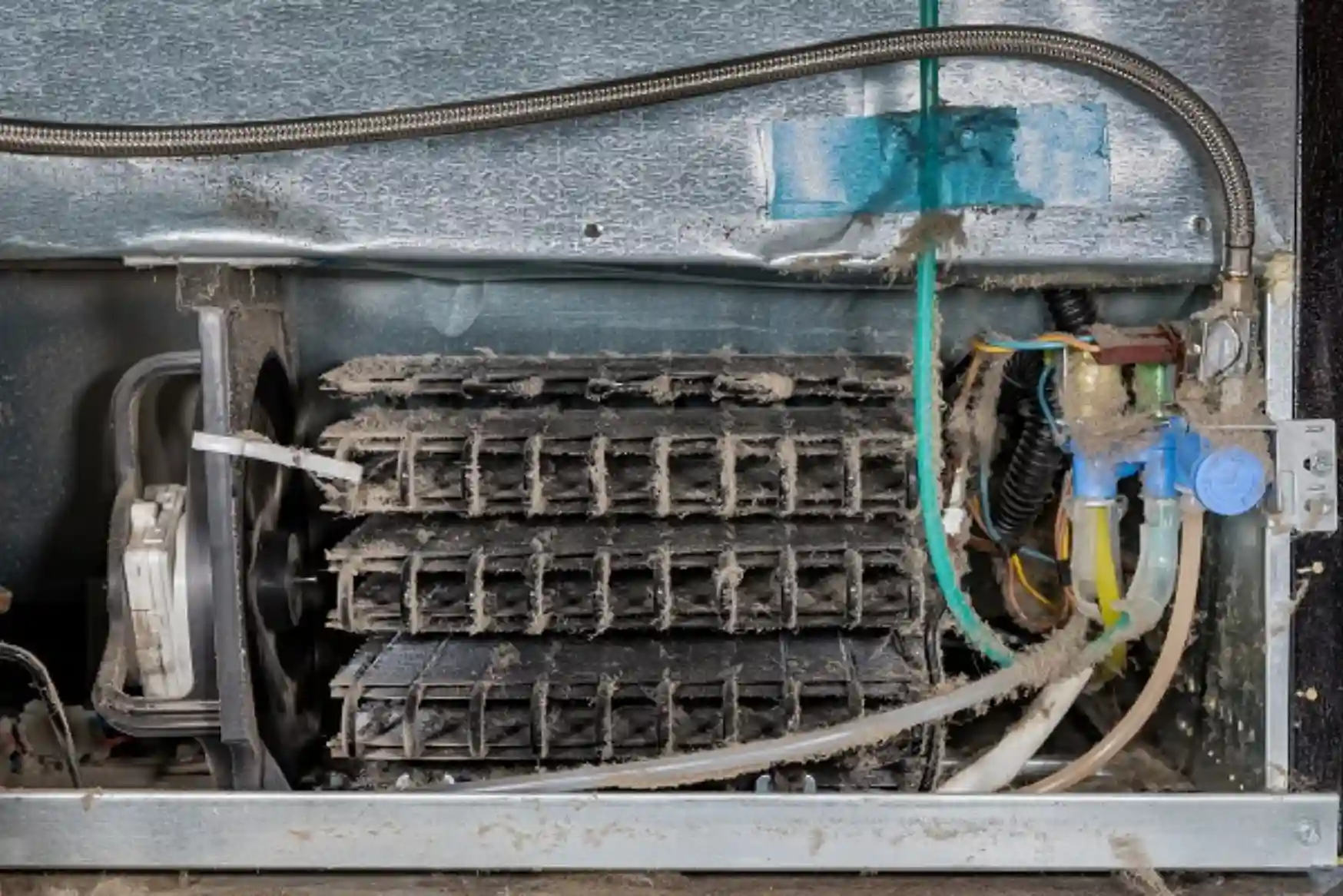Zimbabwe’s rural kitchen designs are a captivating mix of tradition, culture, and practical functionality. These designs are not just about aesthetics but also about preserving cultural heritage and adapting to the environment. In this blog, we’ll explore the various aspects of rural kitchen designs in Zimbabwe, highlighting the traditional elements and how they meet modern needs.
Elements of Zimbabwe Rural Kitchen Designs
Traditional Materials and Construction
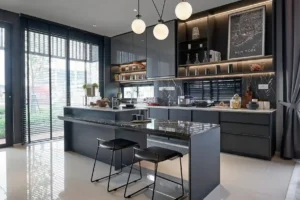
Zimbabwean rural kitchens are primarily constructed using locally sourced materials. Mud, clay, and grass are the most common, giving these kitchens a natural and earthy feel. The use of these materials not only preserves tradition but also ensures the kitchen stays cool in the hot climate.
- Mud Walls: Thick walls made of mud help insulate the kitchen, keeping it cool during the day and warm at night.
- Thatched Roofs: Grass thatching is a popular choice for roofing, providing both aesthetic appeal and functional benefits like rain protection.
Layout and Design
The layout of a rural kitchen in Zimbabwe is simple yet efficient. The focus is on creating a functional space that supports daily activities such as cooking, food storage, and socializing.
- Central Fireplace: A central fireplace is the heart of the kitchen, used for cooking and heating. It is often surrounded by sitting areas where family members can gather.
- Open Shelving: Traditional kitchens often feature open shelving for easy access to cooking utensils and ingredients.
Cooking Techniques and Equipment
The traditional cooking methods used in Zimbabwean rural kitchens are an integral part of the design.
- Wood-fired Stoves: Wood is the primary fuel used in these kitchens. Wood-fired stoves are common, offering a simple yet effective way to cook meals.
- Clay Pots and Utensils: Clay pots are used for cooking, which adds a unique flavor to the food and keeps it warm for longer periods.
Modern Influences on Rural Kitchen Designs
While tradition is highly valued, modern innovations like solar energy have begun to influence rural kitchen designs.
- Solar Cookers: Solar cookers are becoming increasingly popular as a sustainable alternative to wood-fired stoves.
- Solar Lighting: Many rural kitchens now use solar-powered lights, which reduce reliance on kerosene lamps.
Improved Ventilation
With the integration of modern design elements, ventilation has improved in many rural kitchens.
- Chimneys: Traditional kitchens often lacked proper ventilation, but modern designs incorporate chimneys to reduce smoke accumulation.
Lists of Key Features
- Natural Materials: Mud, clay, and grass.
- Central Fireplace: For cooking and gathering.
- Wood-fired Stoves: Traditional cooking method.
- Solar Cookers: Sustainable innovation.
- Chimneys: For improved ventilation.
Table: Traditional vs. Modern Features
| Feature | Traditional | Modern |
|---|---|---|
| Materials | Mud, clay, grass | Solar panels, improved ventilation |
| Cooking Methods | Wood-fired stoves, clay pots | Solar cookers, modern utensils |
| Lighting | Kerosene lamps | Solar-powered lights |
“In Zimbabwe, the rural kitchen is more than just a cooking space—it’s the soul of the home.”
This quote emphasizes the cultural significance of the kitchen in rural Zimbabwean homes.
“The blend of tradition and innovation in Zimbabwe’s rural kitchens offers a perfect balance of sustainability and practicality.”
Zimbabwe’s rural kitchen designs are a remarkable reflection of the country’s rich cultural heritage and the practical needs of daily life. As modern influences like solar energy become more prevalent, these kitchens continue to evolve while preserving the essence of tradition. Whether you’re looking for inspiration or simply appreciate the beauty of functional design, Zimbabwe’s rural kitchens offer a unique perspective on sustainable living.

